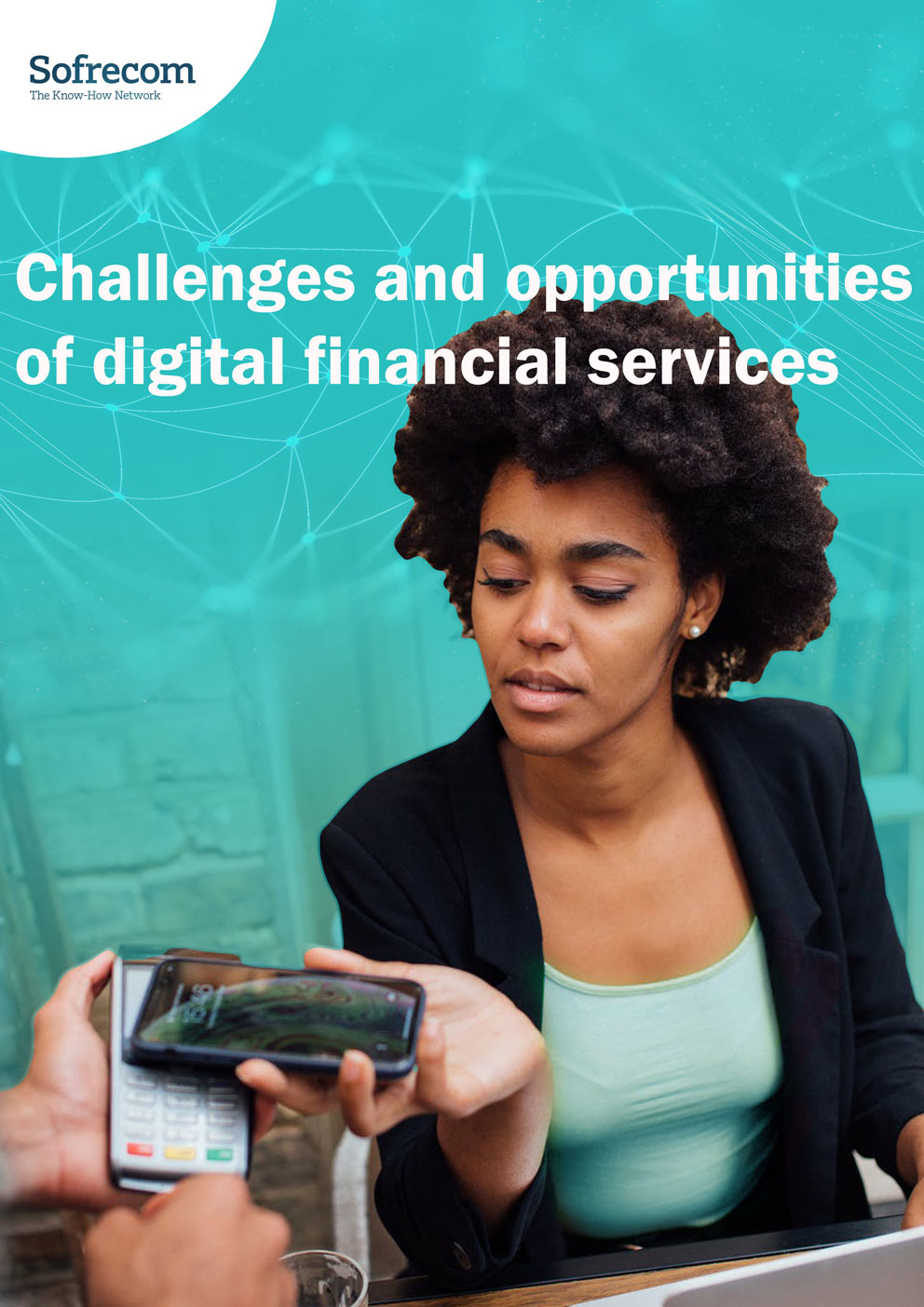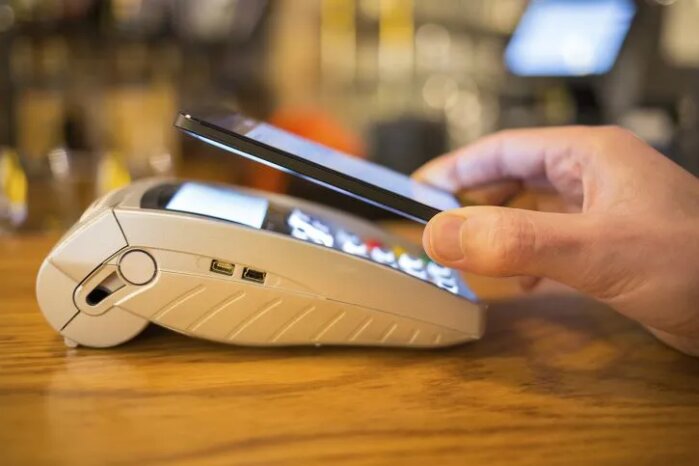
The usefulness of appropriately designed digital financial service offerings, information on how to take advantage of the services available and the digital infrastructure to support easy and widespread adoption are all factors in maximising true financial inclusion in emerging markets.
Jolaade Alao

Initially coined by Google, the term “next billion users” refers to the growing number of internet users in emerging markets who come online nearly exclusively through mobile phones. As a result, these digital natives’ usages and behaviors are different from those of the traditional internet users in mature countries, and they expect a totally different experience. So when it comes to financial services considered essential to financial inclusion and economic development, these specificities imply designing those services differently.
Mobile financial services are growing in emerging markets but are not yet fully meeting the mobile-native users’ needs
Already, the mobile phone is the primary gateway through which many citizens in emerging countries access critical but often out-of-reach services like medical care and more notably, financial services. Front-end digital financial services like mobile money, USSD banking, payment chat bots, payment processors as well as digital banking, merchant payment, savings, and credit applications are increasingly very popular in emerging markets today. According to the GSMA, more than 40% of the adult population in Zimbabwe, Ghana, Uganda, Paraguay, Namibia and Gabon now use mobile money solutions to:
- send and receive money,
- pay for goods and services,
- and in some cases, access credit and savings facilities.
Yet, despite the unprecedented growth of digital financial products, active user growth remains dismal with only about 21% of the 556 million globally registered mobile money accounts active on a 30-day basis (McCaffrey & Schiff, 2017): this reflects a disconnection between existing digital financial solutions and the practical financial needs and aspirations of the mass market population.
Design must take into account how users acquire and dispose of money
First of all, taking into account people’s relationship with money is mandatory to create relevant solutions. These solutions must go beyond being mere financial products to actual tools people intuitively utilize to make their goals and dreams come true.
It is essential to understand how, in each country, the younger population – prime target for digital services- think about generating, spending, saving and possibly investing money. In addition to an easy-to-use mobile experience, financial solutions must adapt to existing commerce structures like street trading, informal money management, and local traditional credit & savings systems. Other lifestyle trends should also be considered when designing relevant digital financial products for the next billion users:
- unpredictable income earnings & expenses
- multiple sources of income
- frequent micro-expenditures,
- a strong preference for cash for its simplicity and anonymity.
MaTontine* is an example of the digitalization of a century-old form of banking. This platform provides the underbanked with savings and lending services. The collective spirit of money collection and sharing is preserved. In addition, technology enables the platform to attract a large community, wider than a traditional family or village-based tontine, which brings additional benefits: automation of money distribution, negotiating power (for loans), purchasing power (on devices), credit scoring, etc.
Interoperability is critical
For many users, the convenience of digital financial services is severely limited by the inability to seamlessly transact across platforms. Currently, interoperability among digital financial services providers is growing at a slow rate. Today transactions between banks and debit/credit card systems are facilitated because they are governed by common worldwide standards and protocols. However, cross-platform transfers for mobile money services are still only made possible by bi- or multi-lateral agreements between providers. Consequently, services like merchant payments, international remittances, and transfers between users of different digital services providers are most times impossible.
Making for more interoperable platforms and better financial inclusion requires collaboration among digital financial service providers, (central) banks, regulators, and concerned non-profit organizations. To that effect, the GSMA and, more recently, the Bill & Melinda Gates Foundation (BMGF) through its financial inclusion initiative have both released open source software and/or open APIs aimed at accelerating interoperability among service providers. As a result, mobile money operators can now implement the GSMA Mobile Money APIs standard on a national or international scale. As for digital service providers, they can exploit the BMGF open source platform Mojaloop to accelerate the creation and deployment of interoperable platforms.
Blockchain can support a simpler and more efficient user experience
Finally, services designers must consider all technologies that can significantly improve user experience and drive greater adoption of digital financial services. Technologies like blockchain is one and seems to hold much promise for simpler, unified and interoperable back-end operations.
Compliance including regulations around KYC/AML/CFT, transaction processing, as well as reconciliation & settlement of local, cross-currency or cross border payments are possible areas that improved upon or totally built from ground up based on principles of blockchain technology. Mojaloop’s open source system for example, is based on the Interledger protocol, a blockchain powered system that facilitates real time cross platform transaction processing, ledger reconciliation & settlement among providers.
In conclusion, utility of digital financial service offerings though relevant design decisions, information on how to leverage services available as well as digital infrastructure to support easy and wide spread adoption all count towards enhancing true financial inclusion in emerging market economies.
————————————————————————————————————————————
*Tontine: a fund to which a group of persons contribute. The sum collected is then lent to each member in turn or when a need arises (to start a business, face a temporary financial difficulty, etc.).
*KYC (Know Your Customer), AML (Anti-Money Laundering ) and CFT (Combating the Financing of Terrorism): set of procedures, laws, and regulations designed to stop the practice of generating income through illegal actions and facilitating terrorism. This implies that any financial services provider:
- must know who its customers are and collect formal identification details;
- must understand their customers’ normal and expected transactions;
- must keep the necessary records and make the necessary reports on their customers. (source: Wikipedia)





